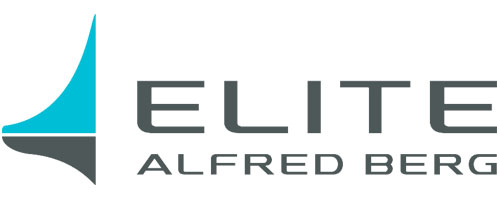The property industry and the property asset managers within it have finally become the lucky ones to get involved with the latest technology.
Since property technology was mentioned as one of the business opportunities in 2014, the amount of tech-companies has grown rapidly and new SaaS-products are being invented.
By now, you’ve probably heard of PropTech startup accelerators, like PiLabs in London. These accelerators have the best possible time to innovate new solutions in the traditional real estate industry.
The differences between spreadsheets and property asset management software
Property asset management tools and spreadsheets are like day and night. The first one is based on automated processes and the other one on manual processes. Take a look at the biggest differences these tools have.
1. A jungle of numbers vs. usable information
Spreadsheets might feel (for some) like a safe place to hold your data. When it comes to searching the precise information quickly, you will most likely find yourself scrolling down an endless spreadsheet of empty numbers. You’re digging for the right data and throwing away valuable working time.
What is the situation with a custom made property asset management solution then?
Suitable software can turn all of your fragmented data into a visual form, for you to get the most out of your portfolio data. This is a process that happens in seconds, so you don’t have to struggle to find information anymore.
Visualization of your portfolio’s data, from portfolio level down to a single property, lease or tenant, makes more sense and spares the grey hair. It even helps you to spot the property data you might have missed, or “lost in the jungle of numbers” before.
Whereas a single number doesn’t stand out easily from a list, the proper visualization of data will help you to understand your numbers and making better decisions.
2. Communicating through email vs. communicating in a cloud-service
Are you constantly committing to the sin of sending and receiving spreadsheets through email? Is this the way you’re managing reporting in your organization?
Spreadsheets that are made manually, saved to your computer and then sent forward by email, can easily get corrupted and falsely attached. Communication can crack fast and emails might get lost.
A dedicated property asset management solution, on the other hand, shares the information in a cloud-based service that is always up-to-date and accessible. An organization that is using this type of solution can communicate easily through the cloud service. It’s available 24/7 and accessible on any device. And the best part is: you can give access to the application for your most important stakeholders.
3. Manual updates vs. real-time information
Spreadsheets are always done manually, which means that their information is not up-to-date for long. Whereas a spreadsheet needs constant updating, a property asset management solution can offer you real-time information right away.
You can be sure that the information in the software is up-to-date. With a spreadsheet, the situation is different. You have to, for example, consider when the data was last updated, who was the one who updated it last and if the data in the report is even correct anymore.
This can be reflected quickly to your customer meetings. Property asset management software helps you to avoid those awkward situations, where you might have had to give your customers uncertain answers. Win your case and credibility.
Are spreadsheets for Commercial Real Estate dinosaurs?
Nowadays when technology is starting to take over the traditional property industry, the options are getting wider. The key benefits of property asset management softwares are being revealed and proptech is gaining more and more interest.
Many asset managers and property investors might find themselves considering moving towards a more efficient way of working.
The question is; why to wait any longer? Why not get a property asset Management solution now and enjoy the benefits?









